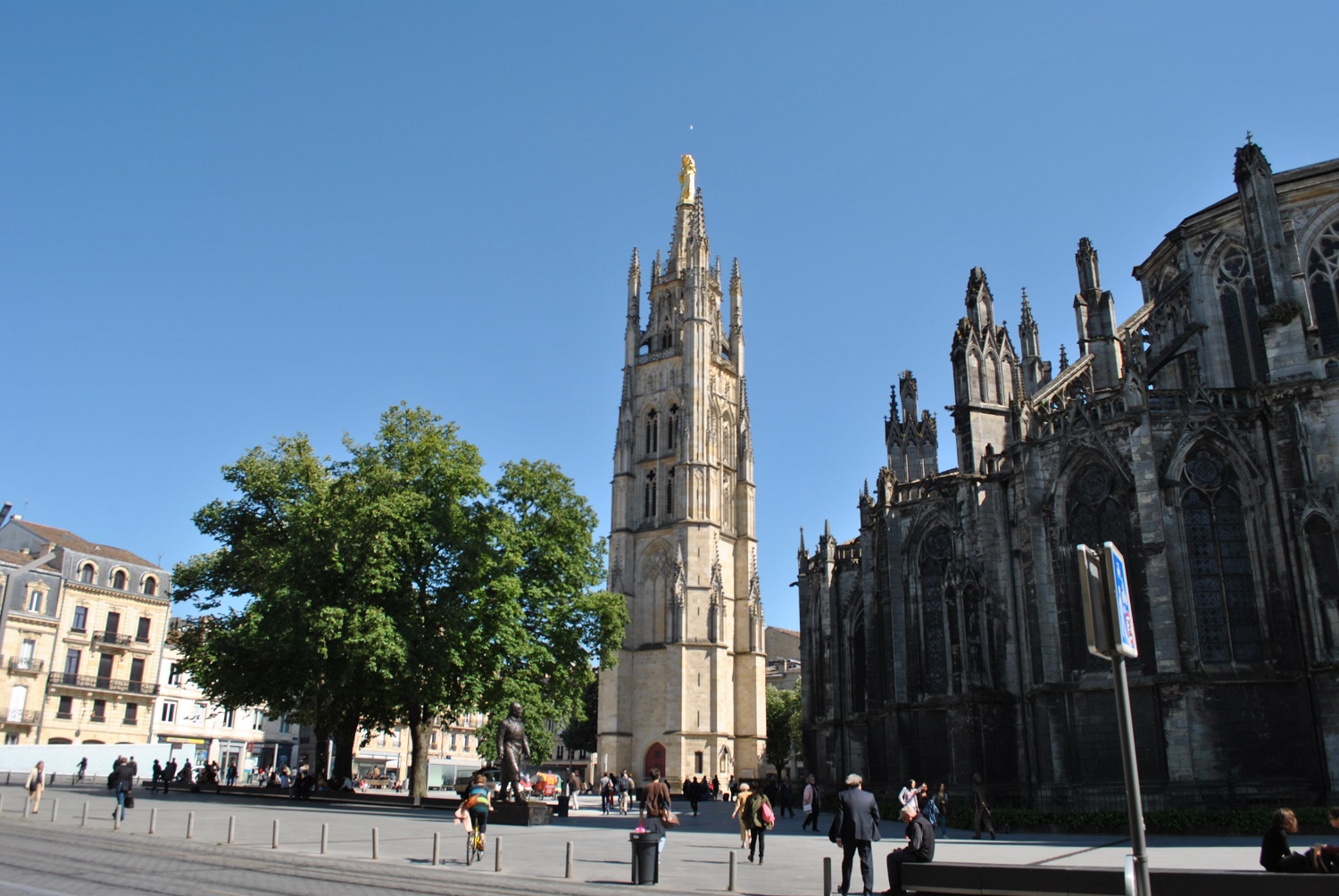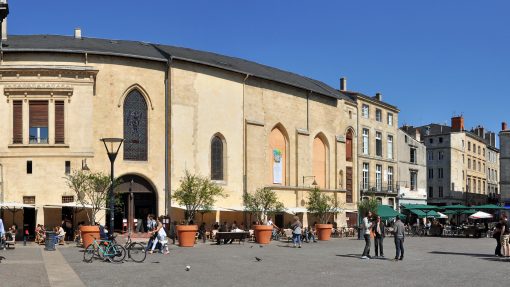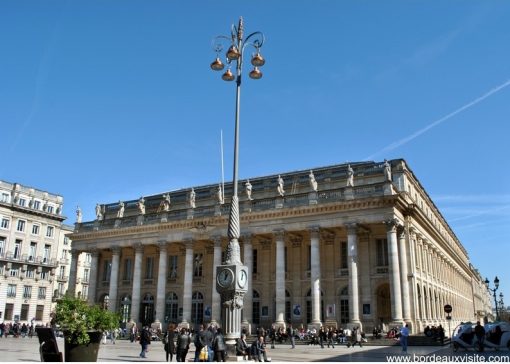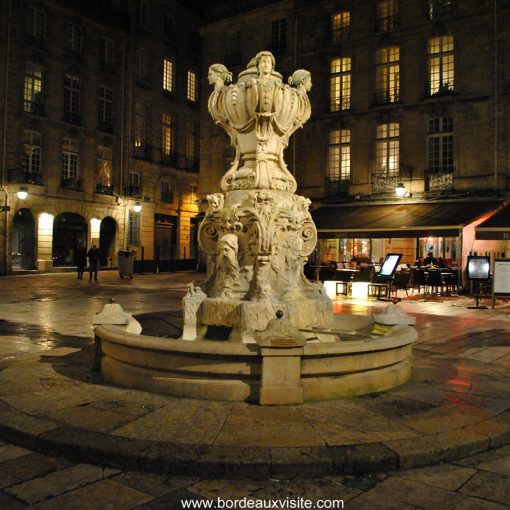33000 Bordeaux, France
33000 Bordeaux, France
33000 Bordeaux, France
33000 Bordeaux, France
33000 Bordeaux, France
33000 Bordeaux, France
Bordeaux, France
33000 Bordeaux, France
Le centre ville de Bordeaux compte un grand nombre de places où il fait bon flâner !Bordeaux regorge de places pittoresques où il fait bon flâner. Découvrez une sélection des incontournables de la capitale girondine, parfaites pour une promenade, un dîner ou simplement profiter de l’ambiance unique de cette ville.
Voici un aperçu des plus belles places de la capitale girondine.
La place du Palais
Cette magnifique place offre aux visiteurs une superbe vue sur la célèbre porte Cailhau, l’un des monuments les plus emblématiques de Bordeaux. Cette place charmante est le lieu parfait pour s’installer en terrasse et profiter des brasseries qui bordent l’espace. Que ce soit pour un café ou un repas, la place du Palais est idéale pour se détendre au cœur du centre-ville.

La place de la Comédie
L’une des places les plus célèbres de Bordeaux, la Place de la Comédie est dominée par le majestueux Grand Théâtre, un chef-d’œuvre architectural. À toute heure de la journée et de la nuit, cette place est animée par des artistes de rue, des danseurs et des passants. Vous pourrez y trouver de nombreux restaurants et cafés, ce qui en fait l’endroit idéal pour découvrir la vie locale tout en admirant la beauté du lieu.
La place du Parlement
La Place du Parlement, autrefois connue sous le nom de Place du Marché Royal, est un lieu incontournable pour les amoureux de bonnes tables. Parfaite pour dîner en terrasse lors des soirées d’été, cette place pleine de charme est un endroit où les Bordelais aiment se retrouver pour savourer l’atmosphère conviviale et les magnifiques bâtiments environnants.
La place de la Bourse
La Place de la Bourse, autrefois Place Royale, est l’une des plus belles places de Bordeaux. Elle est célèbre pour la magnifique Fontaine des Trois Grâces et pour son miroir d’eau, le plus grand du monde, qui reflète la majesté de l’architecture environnante. Un endroit parfait pour capturer de superbes photos et apprécier l’harmonie de cette place emblématique de la ville.
La place Pey Berland
La Place Pey Berland est un passage obligé pour les visiteurs de Bordeaux, abritant trois monuments majeurs : le Palais Rohan (actuel Hôtel de Ville), la cathédrale Saint-André et la Tour Pey Berland. Ce lieu historique au cœur de Bordeaux est l’endroit idéal pour commencer une découverte de la ville et de ses richesses architecturales.

La place Camille Jullian
La Place Camille Jullian, nommée d’après l’historien éponyme, est un excellent choix pour prendre un verre en fin de journée. Cette place est également célèbre pour son cinéma Utopia, installé dans l’ancienne Église Saint-Siméon. C’est un endroit agréable pour se détendre tout en profitant de l’ambiance bordelaise.

La place de la Victoire
La Place de la Victoire est le centre névralgique de la vie étudiante à Bordeaux. Cette place est reconnaissable par sa grande porte d’Aquitaine et son obélisque de 16 mètres de hauteur. Le lieu est très animé, notamment lors des soirées étudiantes, et regorge de bars et de restaurants pour ceux qui cherchent à passer un bon moment.
La place Saint-Projet
Idéale pour faire une pause lors d’une journée shopping, la Place Saint-Projet est située à deux pas de la rue Sainte-Catherine, l’une des rues commerçantes les plus animées de Bordeaux. Un ancien clocher, vestige d’une église aujourd’hui disparue, orne cette place tranquille où il fait bon s’arrêter entre deux magasins.
Que vous soyez passionné par l’architecture, à la recherche d’un coin tranquille pour vous détendre ou en quête d’un endroit animé pour profiter de la vie bordelaise, les places de Bordeaux sont l’endroit idéal pour découvrir le charme unique de la ville. Ne manquez pas ces lieux emblématiques lors de votre prochaine visite à Bordeaux et profitez de l’ambiance inoubliable de la capitale girondine.





Les commentaires sont fermés.